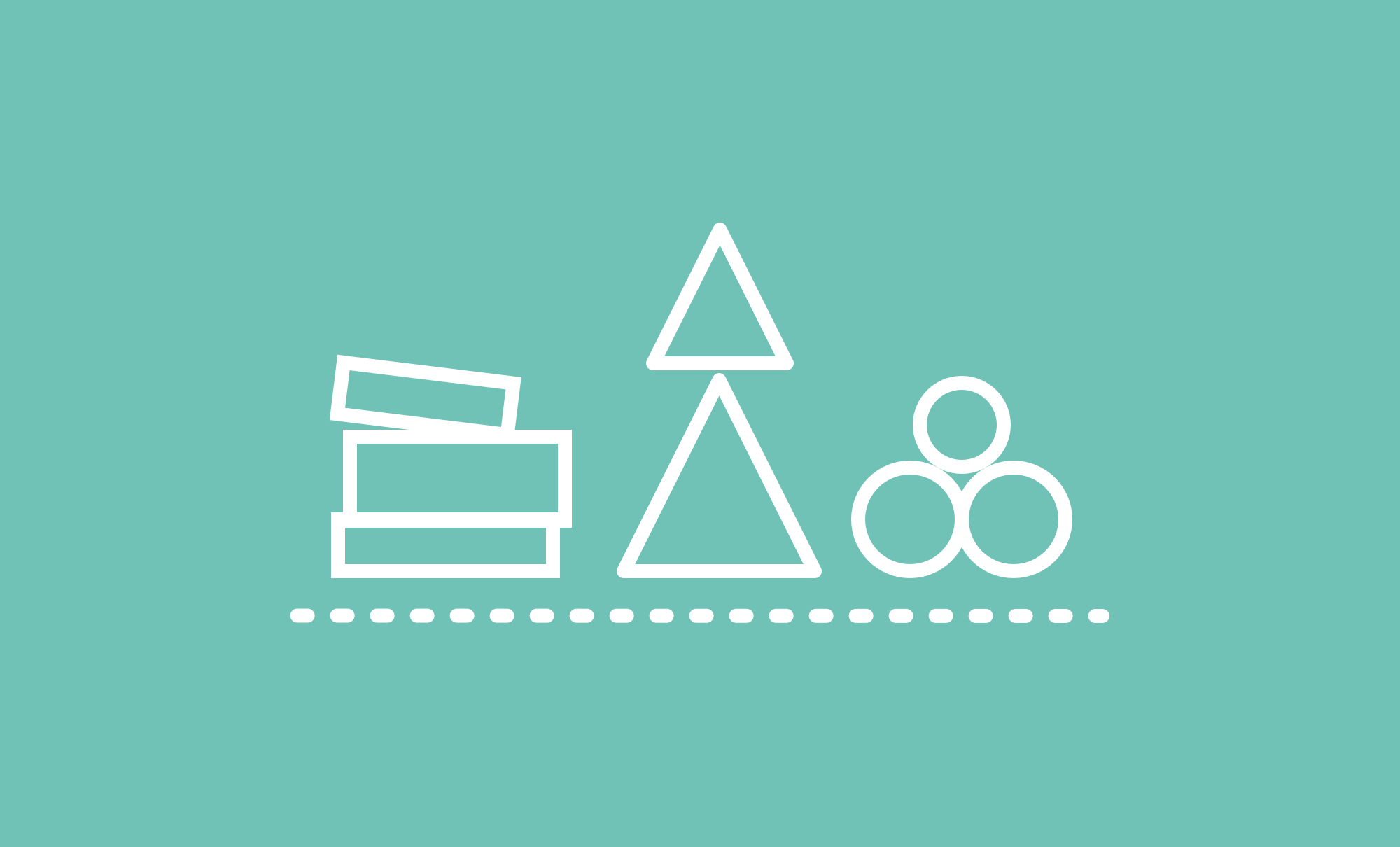In learning design, 'chunking' means breaking down, organising, and grouping content. This means looking for themes and topics in your content, breaking down those topics further into page-sized chunks and organising (both grouping and ordering) in a way that makes sense for learners.
Why does chunking work?
Chunking is based on the idea that our working memories (which process information) only have a limited capacity. Our working memories can only take on a set amount of new information at one time. When information is chunked into groups, the brain can process them easier and faster.
If your brain can take the ideas of house cats, tigers, and lions and say "Oh, well they're all kinds of cats so they go together" it makes them easier to store (and access later). Grouping them together also makes it easier to make distinctions - for instance, creating a sub-group for domesticated and sub-group for wild cats. Our brains work well with patterns and groups as it means we don't have to remember the exact features of every "thing" separately (e.g. cat, tiger, lion). Instead, we can be more efficient and remember the commonalities for all cats, then just focus on the distinctions.
"Spotting patterns is about finding redundancy in the information. You can compress the information into a different, smaller, and more useful form by spotting parts that repeat in some way or other, and, ideally, capturing the repetitions in a rule. If we can successfully turn any group of data into a pattern or rule, then near-magical results ensue. First, we no longer need to remember that mountain of data—we simply need to recall one simple law. But the benefits don’t just stretch to memory. We’re also, crucially, able to predict all future instances of this data, and so control our environment more efficiently. The rule may even capture something about the mechanism of the data, allowing us to understand it in a more fundamental way."
- Daniel Bor, The Ravenous Brain: How the New Science of Consciousness Explains Our Insatiable Search for Meaning
Now that we know why chunking is useful, let's take a look at how we might chunk content at a few different levels.
Chunking at different levels
You can chunk at all sorts of levels. The best way to approach this is to work from the macro to the micro, getting more granular at each stage of chunking.
Sections, sub-sections and pages
At the course level, chunking involves breaking the course content up into sections and subsections and possibly having an idea of what the pages in each subsection will be about. For instance:
All About Cats
- What makes a cat a cat
- Defining feline
- Ears, tails and claws
- ... - Wild cats
- Tigers
- Lions
- ... - Domesticated cats
- Process of domestication
- Differences to wild cats
- Breeds
- ...
If your content has a bunch of unrelated facts. Try to take another look... what groups can you make out of those facts? Or if you've got a lone page, is there a section you could incorporate it into or do you need that information at all? Try to figure out what pages/topics have in common and then connect them. You don't want to leave your learners lost in a space of unrelated and seemingly irrelevant information.
A tip on titles
Make sure your titles for sections and pages are efficiently descriptive. A learner should have a reasonable idea of what you're going to cover, but not have to spend a long time reading the title. We recommend you keep your titles to six words or less to aid scanning and navigation.
Headings on a page
We recommend that the first paragraph in a page conveys the key message for that page. This first paragraph should clearly relate to the title you've got for the page.
From there, headings are your friend. Take a quick look at how we've structured this article. You'll see we've used headings quite a lot. This is for two main reasons:
- It makes your life easier because you can scan.
- It prepares or orientates you to what you're about to read.
So when you're looking at the content for a page, as a rough rule-of-thumb, give anything with more than two paragraphs a sub-heading. And, make sure the flow of your subheadings makes sense.
Paragraphs and sentences
Each paragraph should have one main point. The first sentence of the paragraph conveys the main point. The remaining sentences in the paragraph are examples, elaborations or explanations of that main point.
Strictly speaking, sentences should have just one point as well.
We've got loads more advice about structuring your writing in Cut down that content.
Summary
Chunking is something you'll be thinking about from start to end. You'll be thinking about sections and subsections when you're planning and creating an outline. And you'll be thinking about paragraphs and headings when you're in the nitty-gritty of finessing the words on the page.


